Assimilating CryoSat-2 Summer Sea Ice Thickness Observations
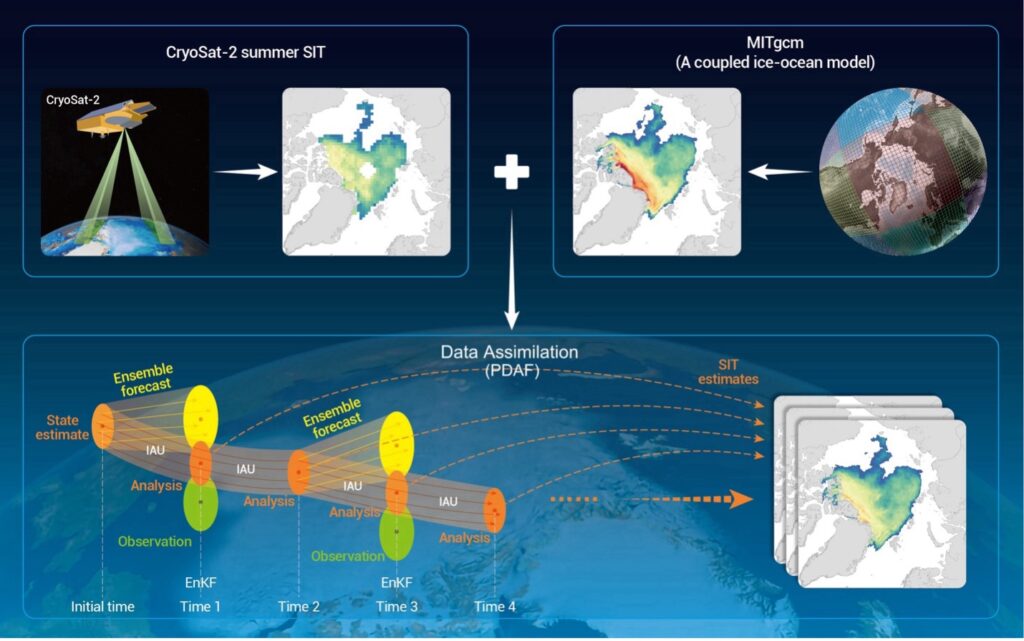 By incorporating satellite observations of summer sea ice thickness and concentration into MITgcm., a team of researchers from China and Germany is helping improve Arctic summer sea ice thickness estimation.
By incorporating satellite observations of summer sea ice thickness and concentration into MITgcm., a team of researchers from China and Germany is helping improve Arctic summer sea ice thickness estimation.
Arctic Shipping Forecast
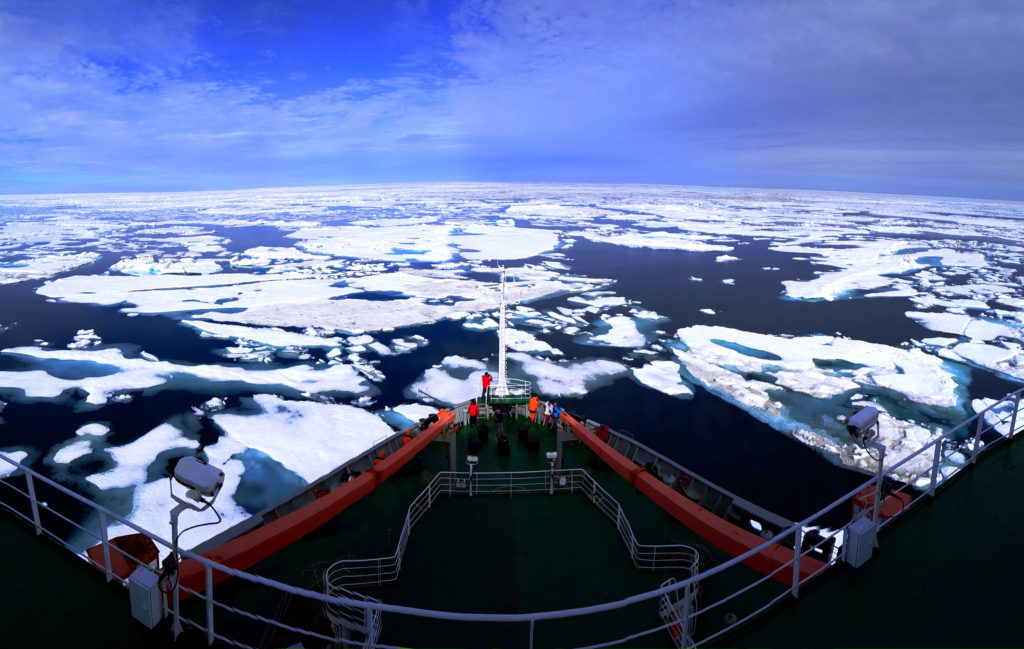 MITgcm underpins a new Chinese Arctic sea-ice prediction system.
MITgcm underpins a new Chinese Arctic sea-ice prediction system.
High Latitude Channel Flow Revisited
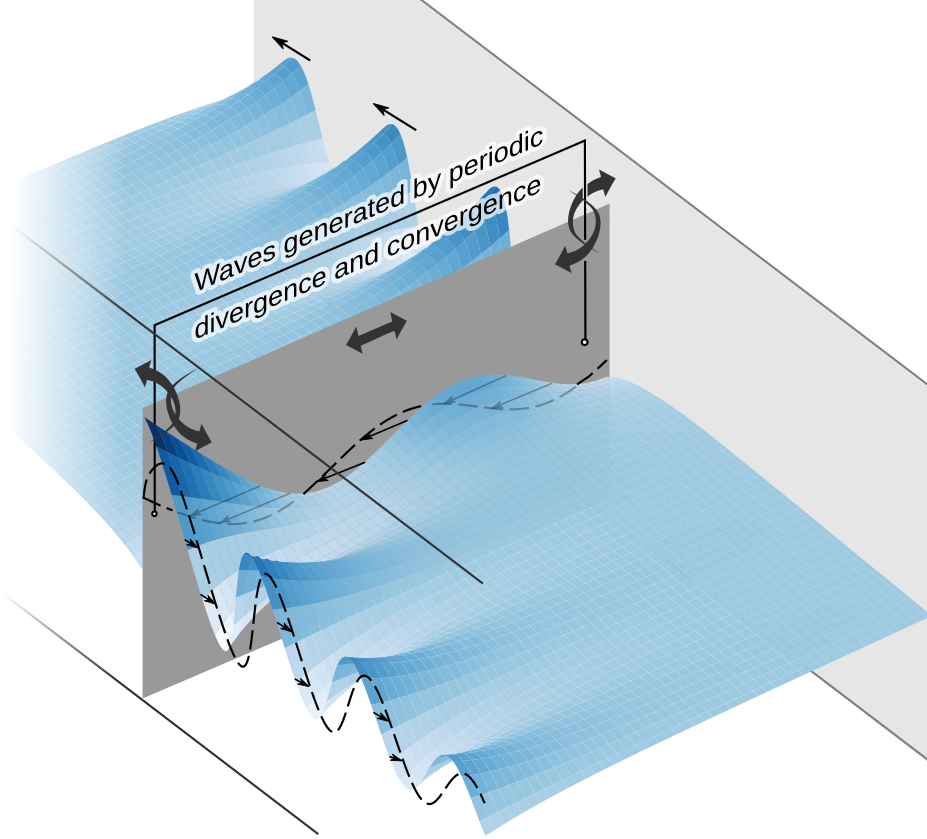 Canadian researchers have been using the MITgcm in an idealized channel to investigate high-latitude tidal dynamics relevant to the fjords and channels of the Canadian Arctic Archipelago.
Canadian researchers have been using the MITgcm in an idealized channel to investigate high-latitude tidal dynamics relevant to the fjords and channels of the Canadian Arctic Archipelago.
The Trouble With Sea-Ice
 This month we spotlight work by a team from McGill University who have been using MITgcm to model oil spill scenarios around the Arctic Ocean Basin to better understand spill behavior in the presence of sea-ice.
This month we spotlight work by a team from McGill University who have been using MITgcm to model oil spill scenarios around the Arctic Ocean Basin to better understand spill behavior in the presence of sea-ice.
Mercury Rising
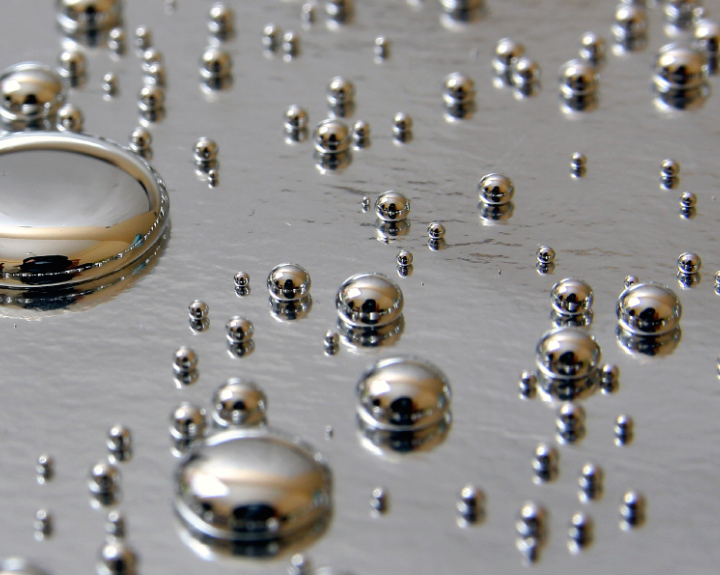 A joint Harvard – MIT study uses MITgcm to explore the biogeochemistry of riverine mercury.
A joint Harvard – MIT study uses MITgcm to explore the biogeochemistry of riverine mercury.
Sea – Ice Interplay
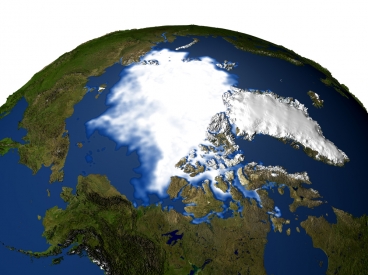 In a novel approach, MITgcmers Ian Fenty and Patrick Heimbach use optimal state and parameter estimation to improve the sea-ice simulations.
In a novel approach, MITgcmers Ian Fenty and Patrick Heimbach use optimal state and parameter estimation to improve the sea-ice simulations.
Overflowing with Movies
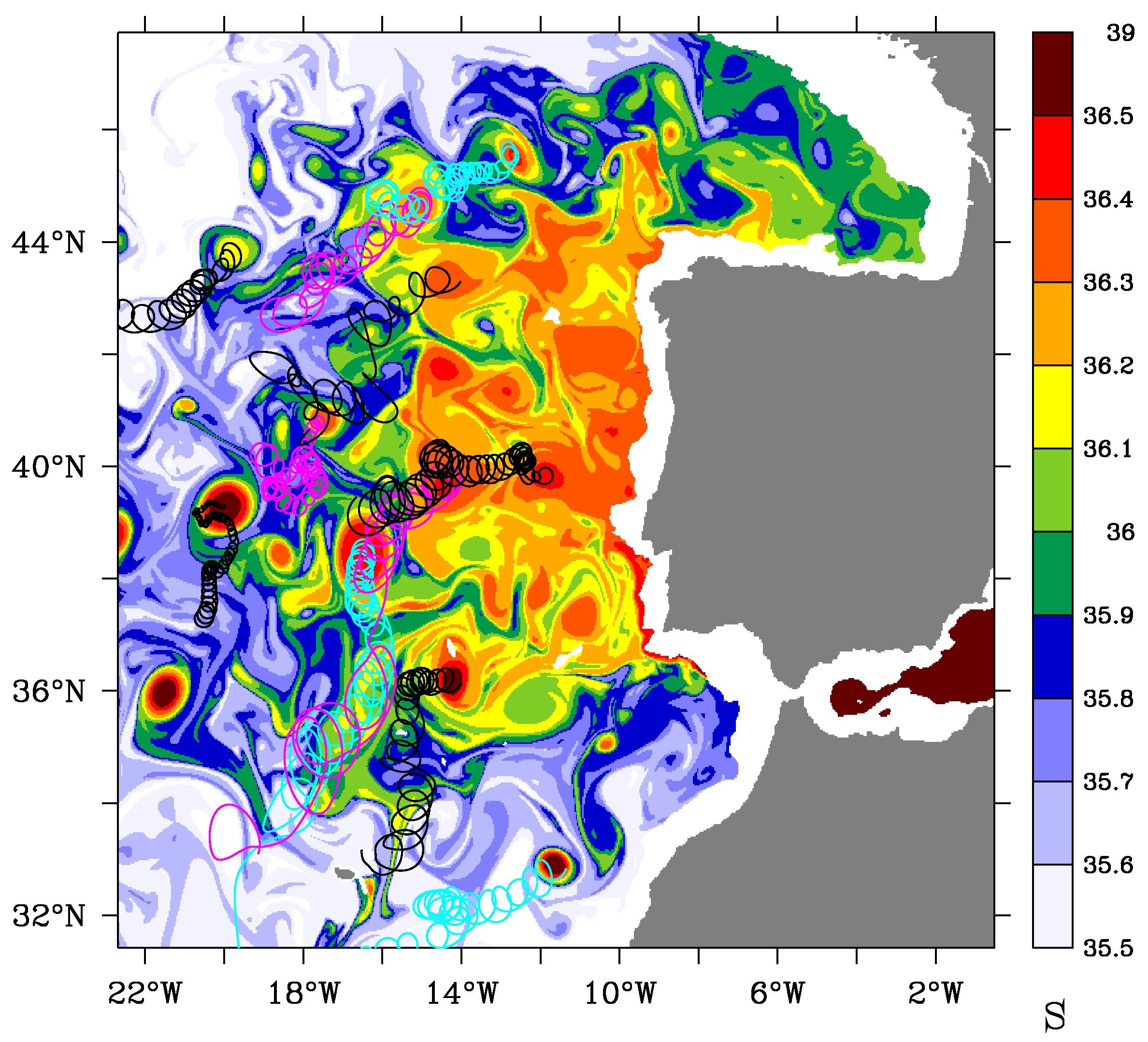 Nuno Serra from the University of Hamburg has used MITgcm in many ocean modeling projects, both from a process-modelling perspective and “realistically”, incorporating forcing from NCEP and ECMWF. He is especially interested in the processes regulating North Atlantic and North Pacific inter-annual to inter-decadal variability. A particular passion is overflows.
Nuno Serra from the University of Hamburg has used MITgcm in many ocean modeling projects, both from a process-modelling perspective and “realistically”, incorporating forcing from NCEP and ECMWF. He is especially interested in the processes regulating North Atlantic and North Pacific inter-annual to inter-decadal variability. A particular passion is overflows.
MITgcm on Ice
In a recent paper in the Journal of Physical Oceanography, An Nguyen (MIT) and co-authors Ronald Kwok (JPL) and Dimitris Menemenlis (JPL) report on work using MITgcm to better understand the origin and character of the western arctic, upper halocline.
北极海冰数值预报的初步研究!!!MITgcm基于海冰!海洋耦合模式!”# $
 This month we shine light on recently published work by a team of Chinese investigators who have been using MITgcm to study Arctic sea ice.
This month we shine light on recently published work by a team of Chinese investigators who have been using MITgcm to study Arctic sea ice.
Arctic Carbon Cycle Modeling
 Motivated by observations indicating rapidly falling annual sea-ice minima, Manfredi Manizza and co-workers have been using an Arctic configuration of MITgcm to explore the Arctic Ocean Carbon Cycle.
Motivated by observations indicating rapidly falling annual sea-ice minima, Manfredi Manizza and co-workers have been using an Arctic configuration of MITgcm to explore the Arctic Ocean Carbon Cycle.
